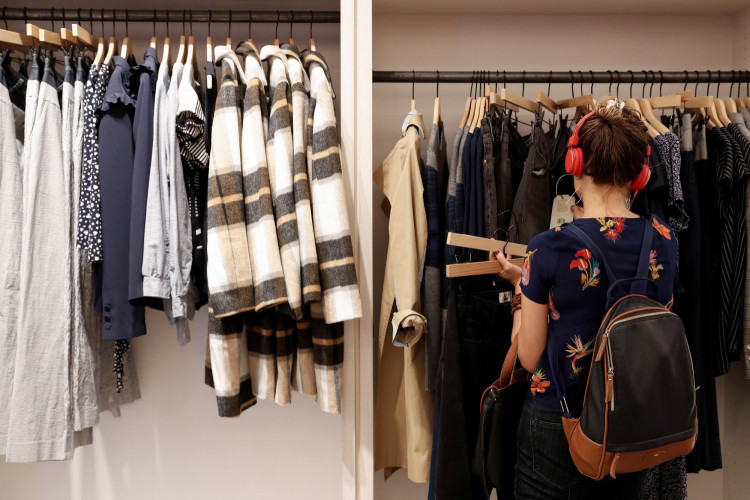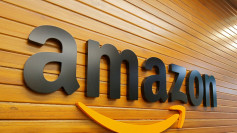Retail stores have been cooking up new ways to make shopping more convenient for consumers next year, with health safety one of the key aspects of industry changes.
One-Stop Shops
COVID-19 forced retailers to rethink their marketing and sales strategies, with some starting to offer more than what they usually display in-store.
One-stop shopping was one of the solutions that retail providers found to resolve health concerns from consumers and medical experts. There were challenges in the new strategy but retailers continue to explore ways to improve the service.
Among the new offers that the retail industry came up with is the small store-within-a-store concept wherein one retailer offers a small in-store space to another retailer for displaying goods.
The main idea of store-within-a-store offers is so consumers don't have to spend extra time searching for the products they need to purchase. Smaller retail shops have limited items but the products displayed are on top of consumers' shopping lists.
The big retail companies that already started adopting the concept include Target, Amazon and IKEA. Target, in particular, spearheaded the new strategy in 2017.
Supply Chain Transformation
The global supply chain of the retail industry is expected to transform dramatically next year. Changes have already started being felt this year, but 2021 is expected to be the year of digital supply chains.
Big data and the cloud are already integrated in many supply chains but logistics is expected to see more digital solutions.
Lapses and widespread issues on logistics were brought to the spotlight by the pandemic, but industry experts believe retailers will start resolving these issues going into the new year.
Retail brands are also projected to implement multiple experiments on ghost kitchens and malls being turned into distribution facilities like microfulfillment centers.
Robotics
Walmart dropped its project with Bossa Nova earlier last month, appearing to crush hopes that the retail industry will be transformed by the use of robotics.
Despite the problems that Walmart faced in its robotics venture, industry analysts predicted that the use of robots in retail will still be explored by retailers in 2021, especially with the changing purchasing habits of consumers.
Co-founder and CEO of Simbe Robotics, Brad Bogolea, noted that the Walmart-Bossa Nova fail may be an isolated case and "is not an indication of a lack of opportunity or necessity for retail robotics in the market."
Robot technology has proven to be a cost-effective solution during hard times such as a global health crisis, when human employees are limited due to quarantines and lockdowns.
It is expected that the robotics industry will see improvements in systems and innovation next year for better use not just in retail but other sectors.
Fewer Attended Checkouts
This year, some retail brands started using smartphone apps for customer checkouts to reduce man-to-man contact during the pandemic.
Industry analysts believe the trend will be incorporated further into checkout services. Retail stores are expected to use other technologies for customer checkout to prevent long queues and for added convenience.
Surveillance cameras for item purchases and QR code scanners are expected to be big in 2021. Omnichannel technology, or the use of multiple sales channels in brick-and-mortar settings, will also improve the digital shopping experience of consumers.






